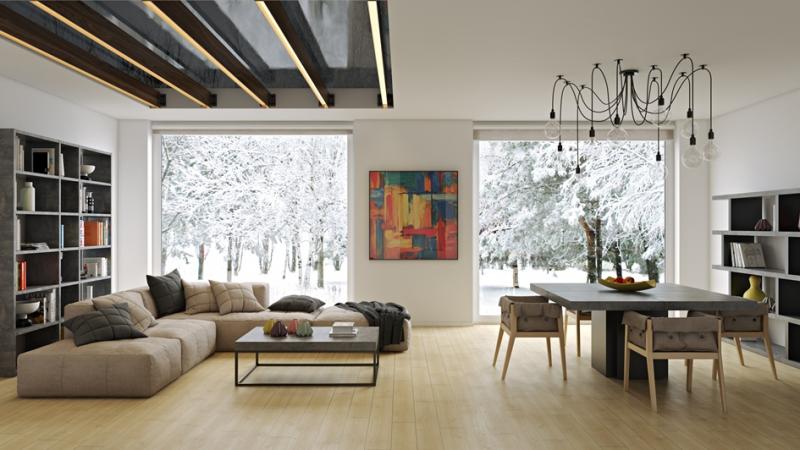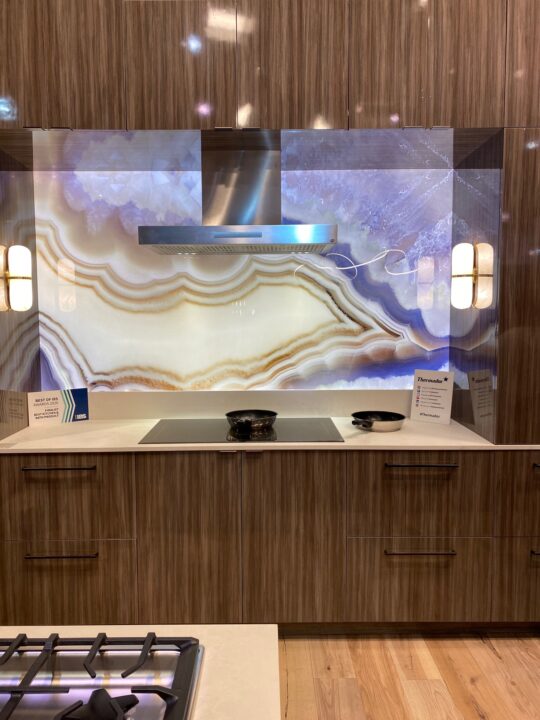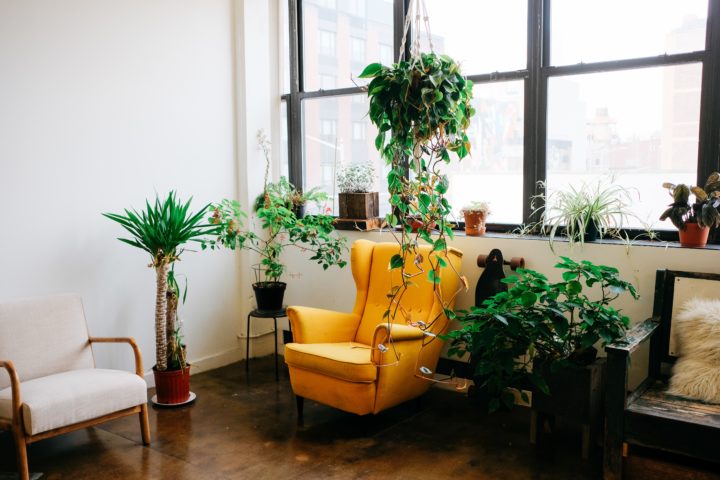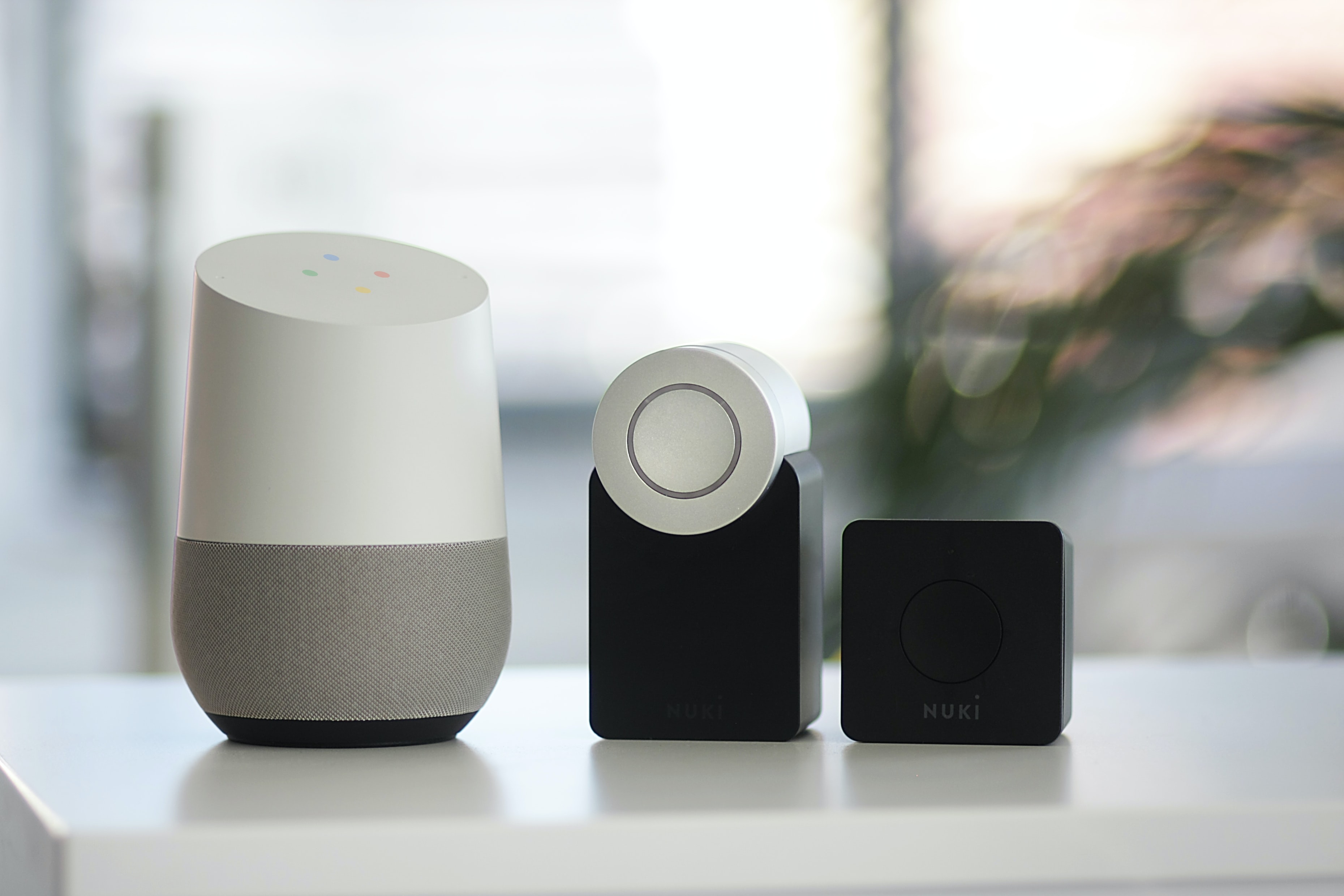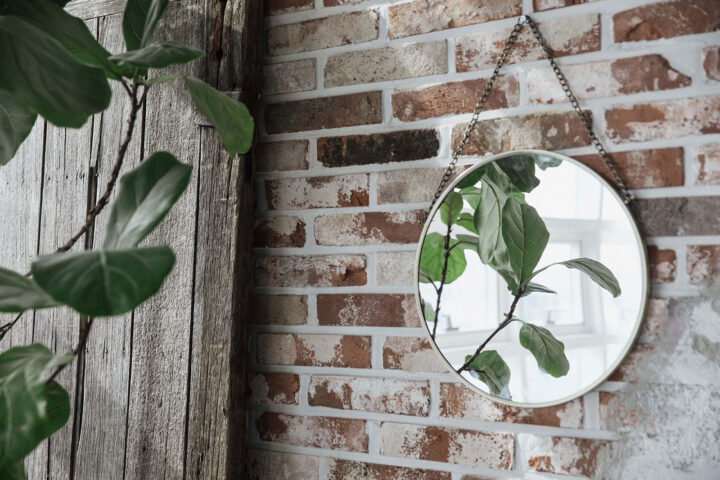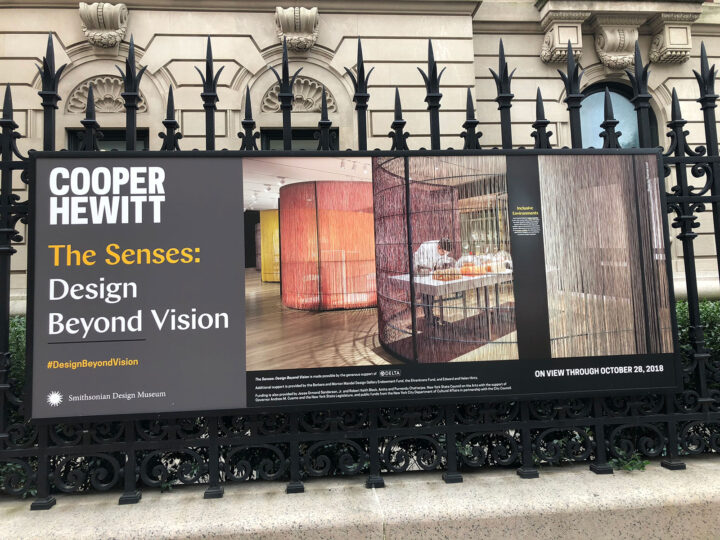
If you’ve been to an amusement park in the last ten years, you may have experienced virtual reality (VR) or augmented reality (AR) rides that immerse you in another world. Some take you on a journey to fight crime, others send you hurtling through space, while others still sit you next to cute cartoon characters or even ghoulish figures. You may be surprised to know that similar new technologies are poised to take the interior design world by storm, making older AutoCAD renderings look like a simple pen and paper job.
Until now, designers have relied on 2D drawings paired with a written or verbal description of a concept. This process can be tough for designers because a client’s buy-in is based heavily on the designer’s ability to articulate just how spectacular their design concept is. VR promises to take this process and make it simple, allowing the designer to build a virtual rendering of the space, its new design, and allow clients to walk through it.
Considering this and other burgeoning technological advancements, we are on the cusp of the new era of architecture, interior design, and landscape design. Recently an innovative visualization, 3D immersion, VR exploration cross-platform technology has been launched called Twinmotion 2018.
Twinmotion will undoubtedly have a massive impact on several industries.
Developed for architectural, construction, urban planning, and landscaping professionals, Twinmotion can be leveraged, regardless of the size and complexity of the project. It is useful regardless of the user’s equipment, computer skills or their modeler. In other words, in the vast majority of cases, all that is needed is a computer with a camera, and thanks to their bank of virtual renderings, sometimes a camera isn’t even necessary.
Twinmotion 2018 boasts a highly intuitive interface, powered by award-winning enterprise, Unreal Engine, which makes it extremely easy to learn and navigate and the simplest, fastest and most innovative cross-platform virtualization, 3D immersion and VR exploration solution on the market. This allows you to choose your landscape or structure and make changes to it. The program shows exactly what the space will look like in practice, even adding wind patterns to plots of land and offers an array of organic matter to choose from. This makes plotting land simple, and planning spaces more straightforward, giving designers and experts ways to bring their ideas to life.
This marks the beginning of a digital transformation in architecture.
These tools are not only changing the way we present our ideas to clients and investors, but they are proving to be invaluable resources for designers and architects. Having the ability to actually move through a project site allows professionals to see what is working within a design and what isn’t, cutting down on the likelihood that variants will need to be tweaked once the design is executed. This increases productivity and accuracy tenfold.
To prove and explain the rise in popularity of these technologies, Microsoft and the Royal Institute of British Architects have released a new report, titled Digital Transformation in Architecture, revealing the views of more than 300 construction industry professionals. Key findings include:
35% of architects use at least one form of mixed, augmented or virtual reality, with many planning to expand their use of immersive technology and use other variants in the near future; 79% state that adopting digital technologies leads to improved project efficiencies.
Not only can these technologies improve practices, they increase productivity and shorten lead time on projects. Additionally, they decrease the margin of error, allowing for a more streamlined process. Additionally, built-in predictive capabilities allow maximum visibility into how architectural structures will respond to conditions over time.
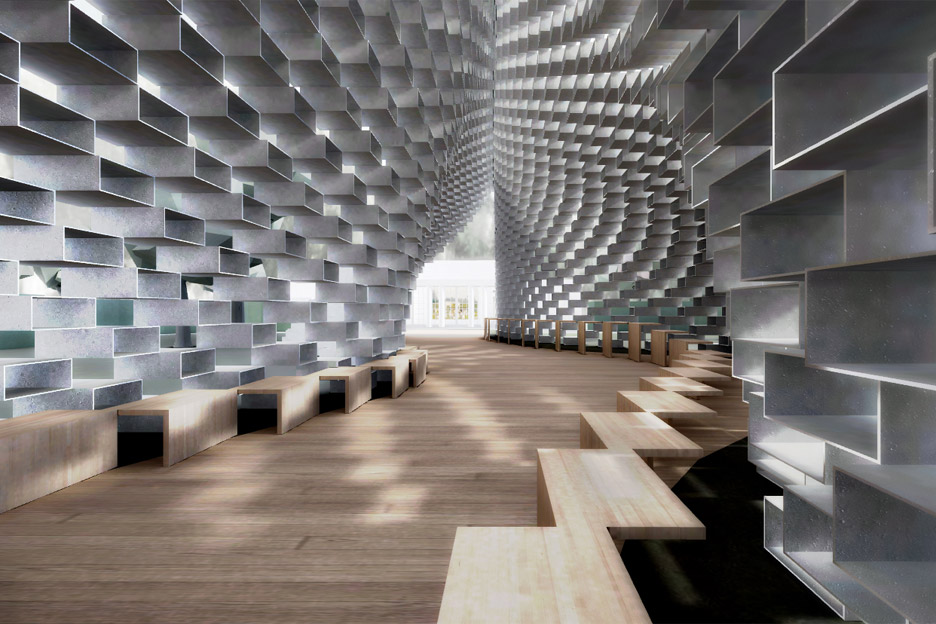
The final hurdle is making these practices accessible to those who feel their way of doing things is satisfactory. Leaders of design firms must be willing to provide programs and training to employees, explaining in-depth the positive impact their designs will have on communities, thanks to this innovative technology.
Augmented Reality video mapping goes one step further, allowing clients, investors, and planners to actually walk the project site.
One of the challenges is making something as seemingly inaccessible, like AR accessible to all. In the past, AR has required clunky and difficult to use technology that felt anything but mainstream. Thanks to innovations from Microsoft and Disney and their development of LF1, a new lightweight combined camera and computer (similar to a small projector) superimposes images over real-world scenes, this is no longer the case.
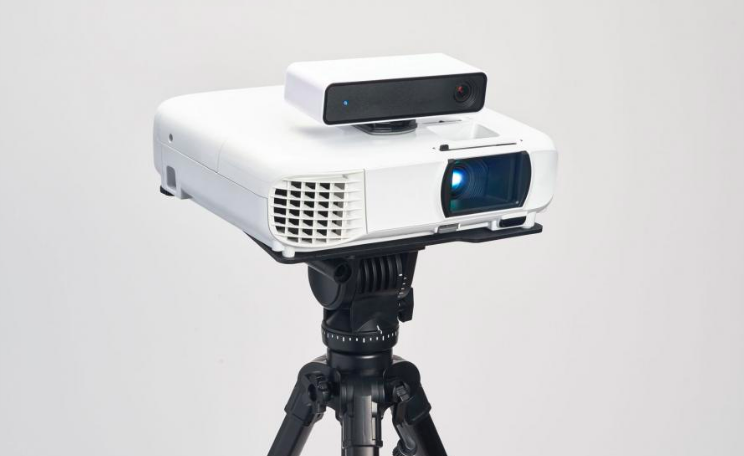
With the new LF1, users can transform normal scenes into immersive experiences – a staircase can become a projected AR waterfall, or a retail display can become an interactive screen, projecting fire, rain, or product information. To do this, the LF1 scans the environment using depth sensors to map the shape of objects, then tailors its lighting effects to fit.
Additionally, widely available AR apps, including RoOomy and Houzz allow you to take a photograph of a room in your home on your device and overlay images of new products or pieces of furniture you’d like to see placed. For designers, this presents a simple way to help clients visualize a design, allowing them to keep a more realistic rendering at arm’s length
Because so much of alignment is based on how the space feels once our designs are implemented, VR and AR tools will be integrated into the LCD design process in the near future. Clients will be able to experience the energy flow of the space, interact with each element, and begin to understand just how much the space can empower, re-center, and transform.
Additionally, this allows clients to make tweaks to the design, right down to the placement of area rugs and hanging of art based on how each affects personal energy flow.
We can’t wait to see you interact with your new space before the design process is underway. Contact us here to schedule a consultation and find out how AR and VR will play into our work together.
